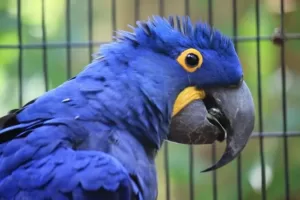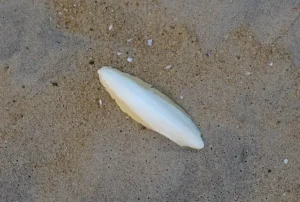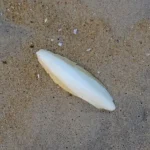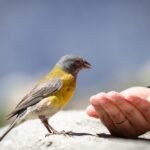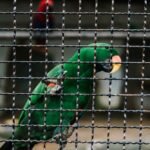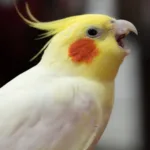Parrots come in all sizes, however, the larger species are some of the most well-recognized and most admired birds around the world. They are known to be good talkers, highly intelligent, and some of the longest-living birds.
The biggest parrots mainly come from the Macaw (Ara) and Cockatoo (Cacatuidae) Genus of parrots. In this feature, we’re going to rank the largest parrot species based on their body length and how much they weigh.
Quick Navigation
Largest Parrots Species
Discover 10 of the biggest parrots in the world:
Hyacinth Macaw
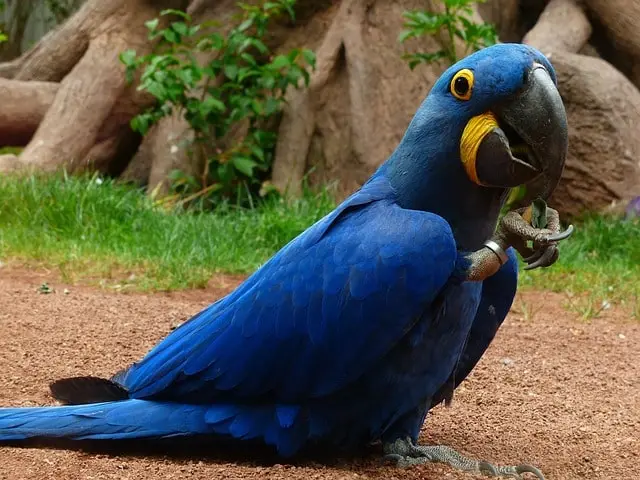
- Size: 39 – 40 inches
- Weight: 1.5 – 1.6 kg
- Wingspan: 48 – 50 inches
Hyacinth Macaws are the largest parrot species in the world. At a body length of up to 40 inches, they are truly the most beautiful gentle giants. Hyacinth macaws weigh about 1.5 – 1.6 kilograms. They also have the most enormous wingspan of 48 – 50 inches.
The Hyacinth Macaw is native to central and eastern South America, particularly found in Brazil, Bolivia, and parts of Paraguay. It is distinguished by its deep cobalt-blue feathers, the yellow ring around its eyes, and the yellow patch on its lower mandible.
The IUCN has classified the hyacinth macaw as a vulnerable species. These macaws face population decline due to a number of factors including deforestation, predation, agricultural activity, and illegal pet trade.
Red-And-Green Macaw
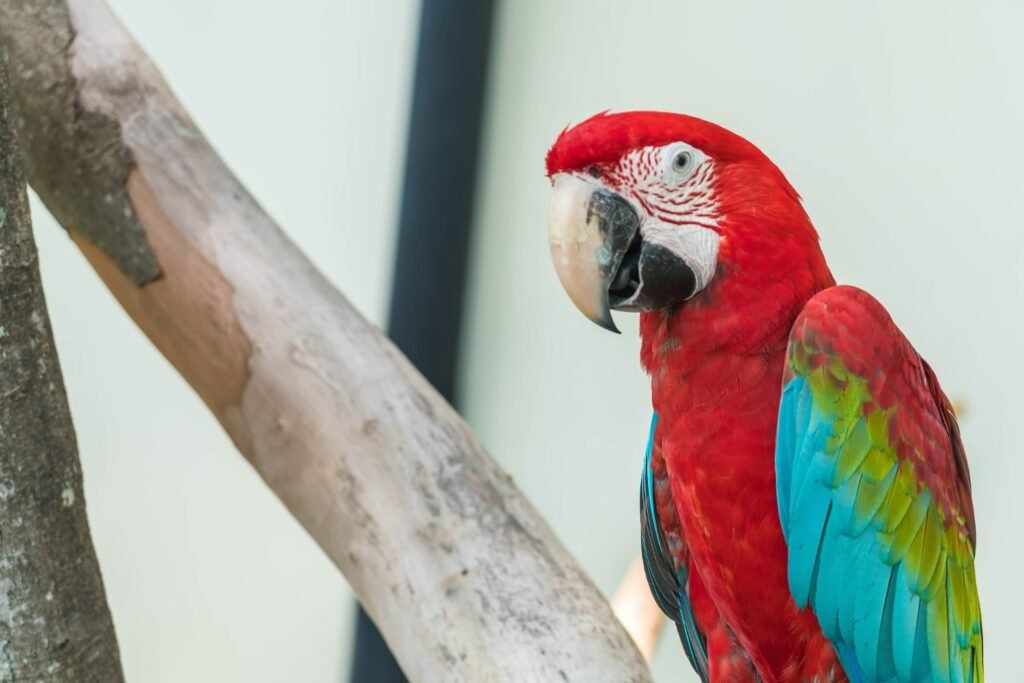
- Size: 35 to 37 inches
- Weight: 1.7 kilograms
- Wingspan: 41 to 49 inches
The Red-and-Green Macaw is a large parrot species native to the northern half of South America. It measures between 35 to 37 inches and weighs up to 1.7 kilograms.
The red and green macaw boasts a predominantly red plumage with some green and blue on its flight feathers. It has a massive wingspan of 41 to 49 inches, which looks stunning in flight because of the interesting contrast of colors.
They are known for their affectionate and friendly nature, making them great family pets. Red and green macaws are extremely smart and capable of learning words and long phrases. They can perform tricks as well and do well with training.
Great Green Macaw
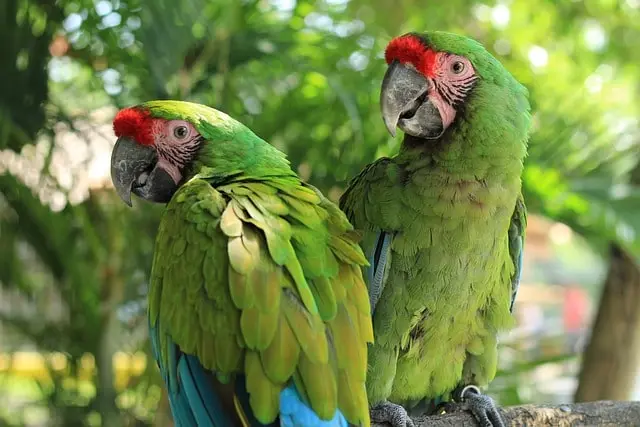
- Size: 33 – 35 inches
- Weight: 1.3 kg
- Wingspan: 41 to 49 inches
The Great Green Macaw, also known as Buffon’s Macaw, is a unique and visually stunning parrot species found in Colombia, Ecuador, Nicaragua, Panama, Honduras, and Costa Rica. They can grow to be 33 – 35 inches in length and weigh close to 1.3 kg.
With an impressive wingspan of approximately 41 to 49 inches, they can be seen clearly flying high in the sky. They have a bright lime green plumage with a distinctive red forehead patch and blue coloration on the outer wings, lower back, and tails.
Great Green Macaws inhabit humid lowland forests and forest edges, foraging in regions from Honduras to western Ecuador. Their diet includes a variety of fruits, seeds, hard nuts, and flowers.
The Great Green Macaw is a critically endangered species. Its population decline has been attributed mainly to habitat loss due to deforestation and illegal pet bird trade. Currently, the International Union for Conservation of Nature (IUCN) estimates their population to be 500–1,000.
Blue-And-Yellow Macaw

- Size: 30 – 34 inches
- Weight: 1.5 kg
- Wingspan: 41 – 45 inches
The Blue-And-Yellow Macaw is aptly named for its bright blue feathers on its wings and upper body with vivid yellow underside. It is a large macaw, measuring 30 – 34 inches and weighing 1.5 kg. It has a wingspan of 41 – 45 inches and can fly long distances.
In the wild, Blue-and-Yellow Macaws inhabit tropical rainforests and savannas. Blue-and-yellow macaws are often spotted flying in pairs or large flocks. They leave their roosting sites in the morning traveling far distances to feeding sites and return before sunset. Their diet primarily consists of fruits, nuts, seeds, vegetables, leaves, and bark.
Their highly social nature and intelligent and playful demeanor make them popular as pets. They have loud and boisterous personalities and are often more suited for experienced bird owners.
Military Macaw

- Size: 27.5 – 33.5
- Weight: 1.1 kg
- Wingspan: 33 – 43 inches
With an average length of 27.5-33.5 inches and a weight of 1.1 kg, the military macaw is unmistakeably big. The military macaw has a wingspan of 33 – 43 inches and has a swift flight with shallow wing beats.
The military macaw gets its name from its plumage coloration which resembles the look of a military uniform. Their bodies are primarily olive green with a red patch on the forehead and blue flight feathers.
This species of macaw is fragmented throughout Central and South America as well as Mexico and Argentina. They gather in small flocks to feed on seeds, nuts, and fruits. They have loud shrieking calls with which they communicate with their flock.
The military macaw is classified as vulnerable by the IUCN. There are around 10,000 mature individuals in the wild but their population is continuing to decline, mainly due to habitat loss.
Blue-Throated Macaw
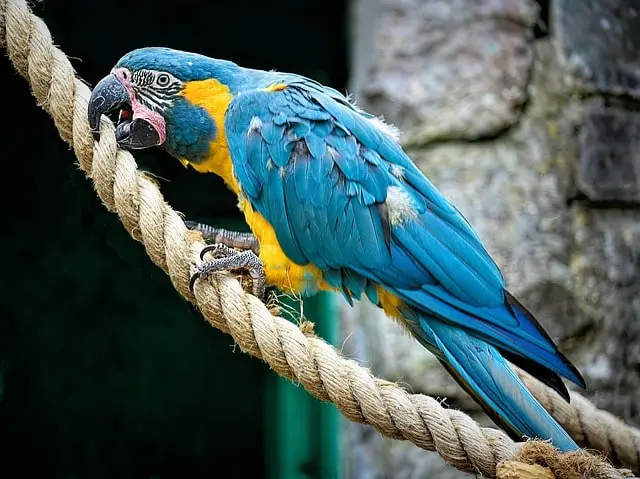
- Size: 33 inches
- Weight: 750 grams
- Wingspan: 33 inches
The blue-throated macaw is the rarest macaw species in the wild. While it is quite similar in appearance to the blue and yellow macaw, it has a distinctive blue patch on its throat and is relatively smaller in size.
The blue-throated macaw is still quite a large parrot at 33 inches long and weighs approximately 750 grams. It has a wingspan of 33 inches, which includes the length of its tail quills.
The blue-throated macaw is native to a small area of north-central Bolivia called Los Llanos de Moxos. It is a critically endangered species with only 400 – 450 individuals left in the wild.
Scarlet Macaw
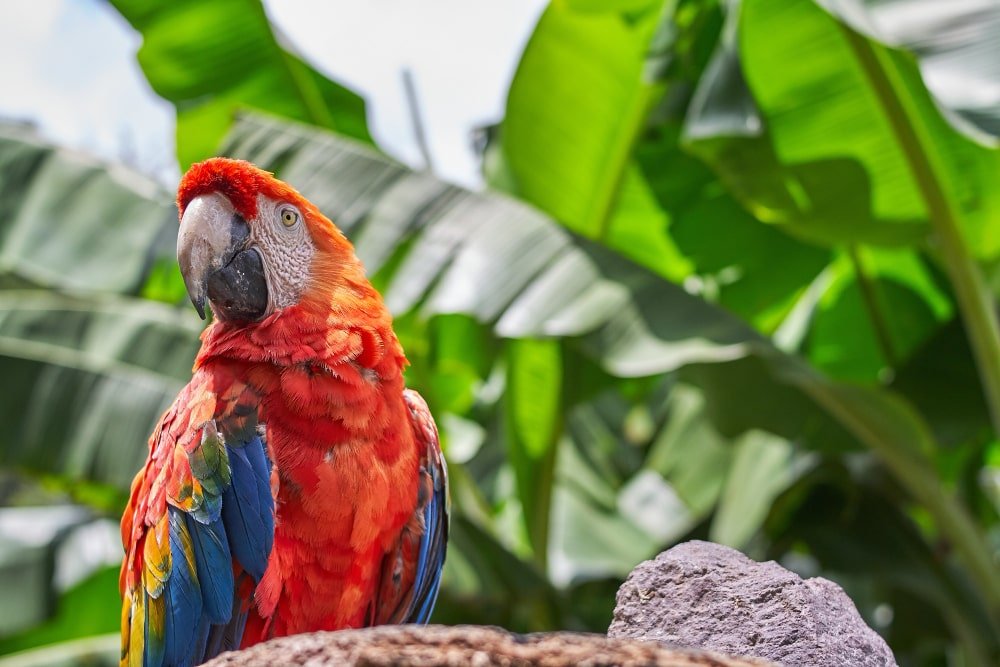
- Size: 32 – 33 inches
- Weight: 1 kg
- Wingspan: 42 inches
The Scarlet Macaw is known for its impressive size and colorful plumage. The body length of the scarlet macaw from head to tail is 32 – 33 inches and weighs about 1 kilogram. it has a wingspan of up to 42 inches. scarlet macaws are among the largest in the parrot family and hail from the tropical rainforests of Central and South America.
Their striking plumage is bathed in vivid red, blue, and yellow colors, making them a colorful spectacle. The scarlet macaw is the national bird of Honduras. It’s also known as the “Guacamaya” in Honduras.
Beyond their physical size, Scarlet Macaws are intelligent and social birds. They make loud squawking sounds to communicate with their flock over long distances. Their diet consists of nuts, seeds, fruits, and berries. Its strong shovel-like beaks make cracking the hardest nuts an easy job.
Palm Cockatoo
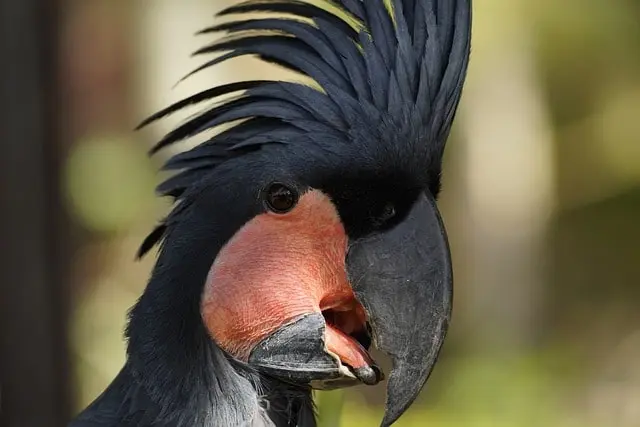
- Size: 19- 27 inches
- Weight: 910–1,200 kg
- Wingspan: 27.5 – 39 inches
The palm cockatoo is the largest cockatoo species standing at 19- 27 inches tall from beak to tail. It has a big body weighing around 910–1,200 kg. Males are generally larger than females. The palm cockatoo’s wingspan is between 27.5 – 39 inches.
it has a dark smoky-grey plumage and a tall crest, which is used to express its emotions. Palm Cockatoos inhabit rainforests and woodland areas of New Guinea, Northern Australia, and nearby islands with sufficient fruit-bearing trees, which is a significant part of their diet. They mainly eat pandanus palm fruit and nuts from the kanari tree.
Yellow-Tailed Black Cockatoo
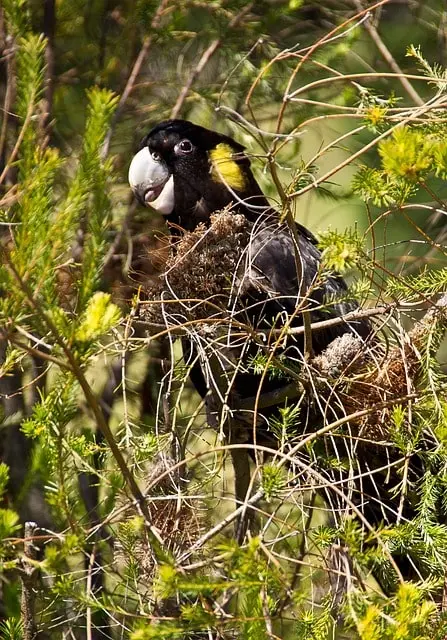
- Size: 22 – 26 inches
- Weight: 750–900 grams
- Wingspan: –
Yellow-Tailed Black cockatoo is one of the five species of Australian black cockatoos. It is found in south-eastern Australia and mainly inhabits eucalypt woodland and pine plantations. It has a prominent brownish-black plumage with a yellow tail panel and yellow patches on the cheeks.
The Yellow-Tailed Black cockatoo has an average length of 22 – 26 inches and a weight of 750–900 grams. These cockatoos congregate in small flocks around feeding sites and consume a variety of foods including seeds of native plants, wood-boring larvae, and ground vegetation.
Kākāpō
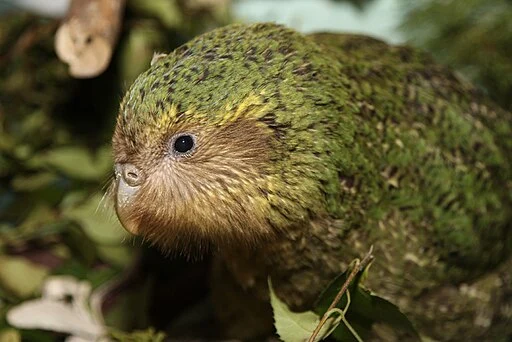
- Size: 25 inches
- Weight: 2 – 4 kg
- Wingspan: 32 inches
The Kākāpō also known as the owl parrot, is a large flightless parrot native to New Zealand. It can measure up to 25 inches in length and has a wingspan of 32 inches, although it does not fly.
The kākāpō is the world’s heaviest parrot species, weighing up to 4 kilograms.
The Kākāpō has a mossy-green plumage that serves as effective camouflage in its natural forest habitat. It has a short and stout beak, which is adapted for its herbivore’s diet primarily consisting of native plants, fruits, seeds, and bark.
This is a critically endangered species with only 247 birds remaining in the wild as of 2023. It faces threats from human activities, land clearance, and the introduction of ground predators in its habitat.
